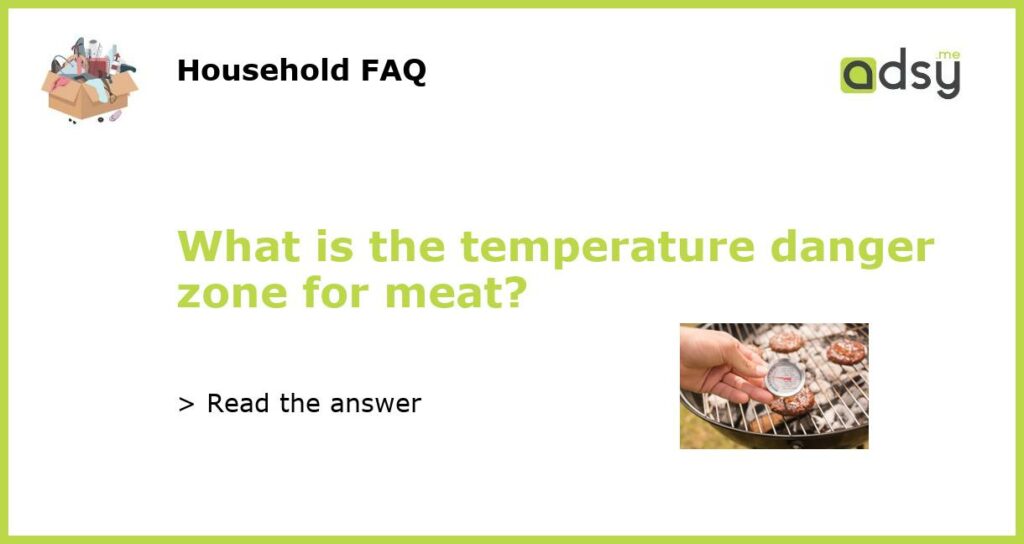Understanding the Temperature Danger Zone for Meat
When it comes to cooking meat, it’s important to understand the temperature danger zone. This refers to the range of temperatures where harmful bacteria can grow and multiply quickly, potentially causing foodborne illness.
What is the Temperature Danger Zone?
The temperature danger zone for meat is between 40°F and 140°F (4°C and 60°C). Within this range, bacteria can double in number in as little as 20 minutes. This means that any meat left in this range for too long is at risk of harmful bacteria growth.
Why is the Temperature Danger Zone Important?
The temperature danger zone is important because it helps to prevent foodborne illness caused by bacteria such as Salmonella, E. coli, and Campylobacter. These types of bacteria are commonly found in raw or undercooked meat and can cause symptoms such as diarrhea, vomiting, and fever.
How to Ensure Meat is Cooked Safely
To ensure that meat is cooked safely and to avoid the temperature danger zone, it’s important to use a food thermometer. This allows you to check the internal temperature of the meat and ensure that it has reached the necessary temperature to kill any harmful bacteria.
The internal temperature needed varies depending on the type of meat being cooked. For example, chicken should be cooked to an internal temperature of 165°F (74°C), while beef should be cooked to an internal temperature of 145°F (63°C) for medium-rare and 160°F (71°C) for medium.
Understanding the temperature danger zone is an important part of ensuring that meat is cooked safely and avoiding foodborne illness. By using a food thermometer and ensuring that meat reaches the necessary internal temperature, you can safely enjoy a variety of meats without the risk of harmful bacteria growth.






